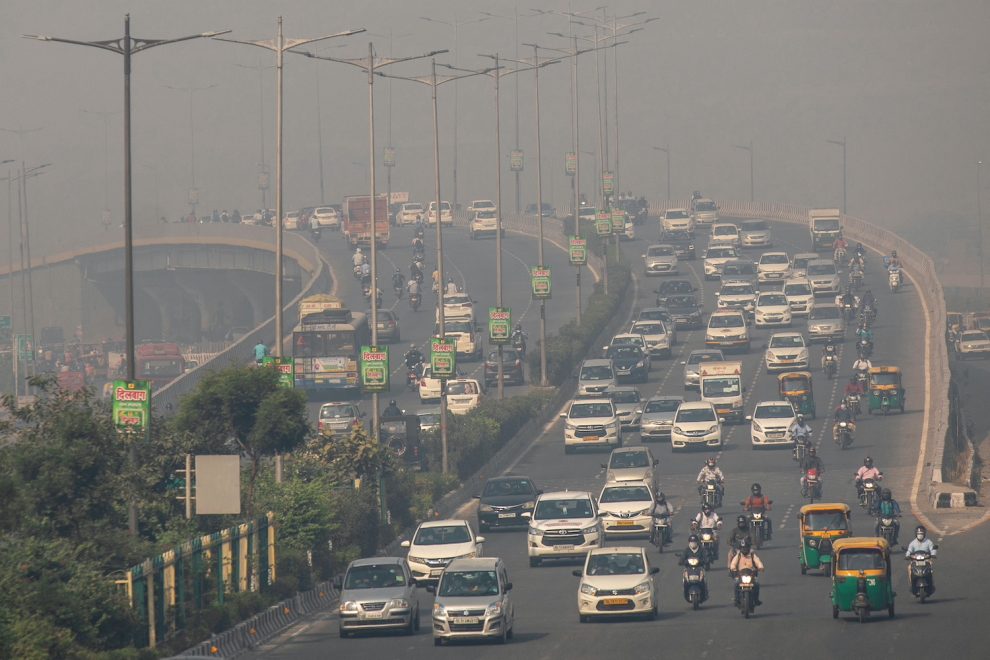India is set to put about $3.5 billion in incentives on the table for carmakers over a five-year period in a renewed effort to boost the manufacturing and export of clean technology vehicles.
The reported plan comes after the government had been poised to give about $8 billion to auto firms and parts manufacturers to promote mainly gasoline technology, with added benefits for electric vehicles (EVs).
That scheme was axed and there’s a new focus on companies that build electric and hydrogen fuel-powered vehicles – a shift that comes just as Tesla Inc is gearing up to enter the Indian market.
Also on AF: How To Invest Amid China’s Era of ‘Common Prosperity:’ Societe Generale
India sees clean auto technology as central to its strategy to reduce its oil dependence and cut the debilitating pollution in its major cities, while also meeting its emissions commitment under the Paris Climate Accord.
Domestic automaker Tata Motors is the largest seller of electric cars in India, with rival Mahindra & Mahindra and motor-bike companies TVS Motor and Hero MotoCorp firming up their EV plans.
India’s biggest carmaker, Maruti Suzuki, has no near-term plan to launch EVs as it does not see volumes or affordability for consumers, its chairman said last month.
A government official confirmed that the initial allocation over the five-year period had been reduced but said that up to $8 billion could be made available if the scheme is successful.
HYDROGEN FUEL
Details of the scheme, part of India’s broader $27 billion programme to attract global manufacturers, could be made public as early as next week, sources said.
Under the revised scheme, companies that qualify will get cashback payments equivalent to around 10%-20% of their turnover for EVs and hydrogen fuel cell cars.
Carmakers would need to invest a minimum of about $272 million over five years to qualify for the payments.
Auto parts makers will get incentives to produce components for clean cars and for investing in safety-related parts and other advanced technologies like sensors and radars used in connected vehicles.
- Reuters and Sean O’Meara
























